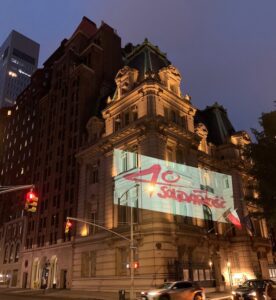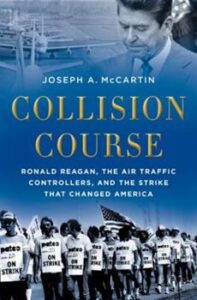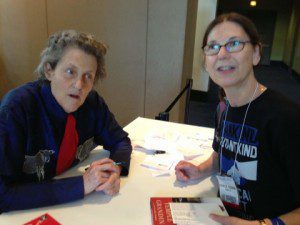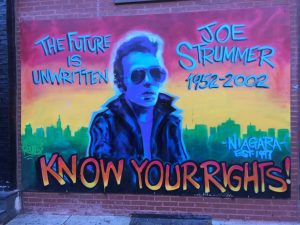Author’s Note
When it comes to putting a book together, I am seriously out of practice. MOONWALKING — which apparently will keep its original title despite speculation to the contrary — is about to go to the copyeditor. I’m working on the last of the line edits and just found out that I will also need to produce an Author’s Note this week. On top of getting my second covid vaccine which, if it follows the pattern of the first, will put me out of commission for at least a day.
Yikes! I should have seen this coming.
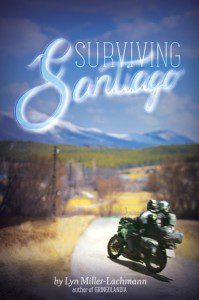 The last time I went through rounds of editing and the publication process of a book that wasn’t a translation project or a write-for-hire was 2014-15 . With Rogue and Surviving Santiago launching two years apart, I became accustomed to the rhythms of book publication and prepared accordingly.
The last time I went through rounds of editing and the publication process of a book that wasn’t a translation project or a write-for-hire was 2014-15 . With Rogue and Surviving Santiago launching two years apart, I became accustomed to the rhythms of book publication and prepared accordingly.
As a more-or-less contemporary novel, Rogue didn’t need an Author’s Note, but Surviving Santiago did, and I’m planning to go back to that one to figure out what to do. In general, historical novels for young readers contain a few pages after the story that set the stage in history, explain where the author has changed the history for the purpose of the story, and provide sources for further study. It used to be “for further reading” but now may include things like films, podcasts, and virtual museum tours.
Complicating the Author’s Note for MOONWALKING is that it’s in fact Authors’ Notes because Zetta will discuss aspects of Pie’s story while I cover JJ’s. As a result, I expect the section after the poems to feature topical discussions rather than a general historical overview of the early 1980s.
In showing my poems to beta readers, I have a pretty good idea of where they’d like to see more context. The principal area relates to unions in both the United States under the Reagan Administration and Poland under Communism. Few books for young readers these days address unions and their importance, paralleling the decline of union membership in the U.S., increasing restrictions on union organizing and dues collection, and a resulting increase in economic inequality and corporate power. Because he is of Polish heritage and the child of an immigrant parent who is also a member of the Professional Air Traffic Controllers’ Organization, JJ is particularly attuned to events in Poland and the contradiction between President Reagan’s support for Solidarity and his successful effort to break the PATCO strike and destroy the public-sector union.
In retrospect, the breaking of the PATCO strike was the beginning of the end for unionization in the U.S. Only now are we beginning to see a resurgence of union organizing but in a far more hostile climate that that of the period between the New Deal and the Reagan Administration. Less attention has focused on the connection between the decline in unions and the rise in both racial animosity and support for authoritarian regimes like Putin’s Russia and the recently outvoted president’s administration.
The first unions — those that fought their way into existence and gained power against private- and public-sector bosses before the Second World War — were for the most part segregated and guarded jobs for white workers. The Civil Rights Movement changed that, and unions like PATCO became places where Black and white workers labored together and fought for common goals. They were also a source of community and continuing education for workers. When unions died, their former members retreated to racially-segregated private spaces or to megachurches that promised a similar level of community (complete with public spaces like cafes and bowling alleys) but in service to a money- and power-worshiping Prosperity Gospel rather than the rights of workers for better pay and working conditions. Capital triumphed over labor, individual competition over solidarity, bending the will to a single charismatic leader over participating in the day-to-day tasks of self-governance.
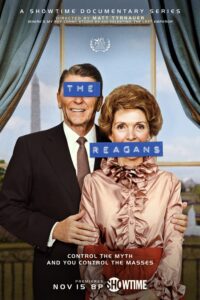
This four-part miniseries offers a useful overview of Reagan’s career, the 1980 campaign, and his presidency
Many union members voted for Reagan in 1980. Some, like JJ’s father, believed his leadership of the Screen Actors’ Guild in the 1950s meant that he would be sympathetic to unions as president. Or, like JJ’s mother, they opposed the gains of Black people and those from other historically marginalized groups and believed the socially conservative Reagan would turn back the clock to an era of unchallenged white supremacy. It was no accident that Reagan kicked off his 1980 campaign in Philadelphia, Mississippi, site of the horrific murders of three civil rights activists in 1963, and promised the attendees at the rally that he would reduce the size of the federal government in the name of “state’s rights” (a code word for segregation).
As unions declined during and after the Reagan Administration — much of the decline due to direct government action — their current and former membership failed to punish the architects of that decline. In fact, this white working-class demographic rewarded Reagan and his successors with their vote. Is this the common pattern of abuse survivors clinging to their abusers? To some extent, the worship of a “strongman” reflects this pattern. Still, awareness is power, and we need to understand this issue before we can take back our power.
In Poland as well, the dreams of democracy that came to fruition in 1990 with the democratic election of Solidarity co-founder and leader Lech Wałęsa have also crumbled. The current regime, which both won and lost elections until 2015, has changed election and free-speech laws so that they will never have to lose again. In some ways, they’re a warning sign of illiberal democracy, the idea among some parties that their election victory represents a permanent right to rule. That said, the activism and hope of the 1980’s in Poland and much of Eastern Europe was a beautiful thing that changed many lives for the better as the same time as it presented new challenges for people who had not grown up knowing either democracy or free market capitalism.
So I’m off to write the Author’s Note, which will contain some, though not all of these ideas. I also need to write about changing conceptions of autism at this time, as people came to realize that what had a fixed diagnosis in earlier decades came to be seen as a spectrum, with people like JJ — diagnosed with other types of learning disabilities — coming under the broader definition. We owe a lot of this change to scientists like the autistic biologist Dr. Temple Grandin, who explored her own history and changing diagnosis in a 1984 article and in her 1986 autobiography Emergence: Labeled Autistic.
I probably won’t write about the punk scene of the late 1970s and early 1980s that plays a big role in the book, as the poems contain their own sources. One rule of the Author’s Note is that it can’t be longer than the book itself!


